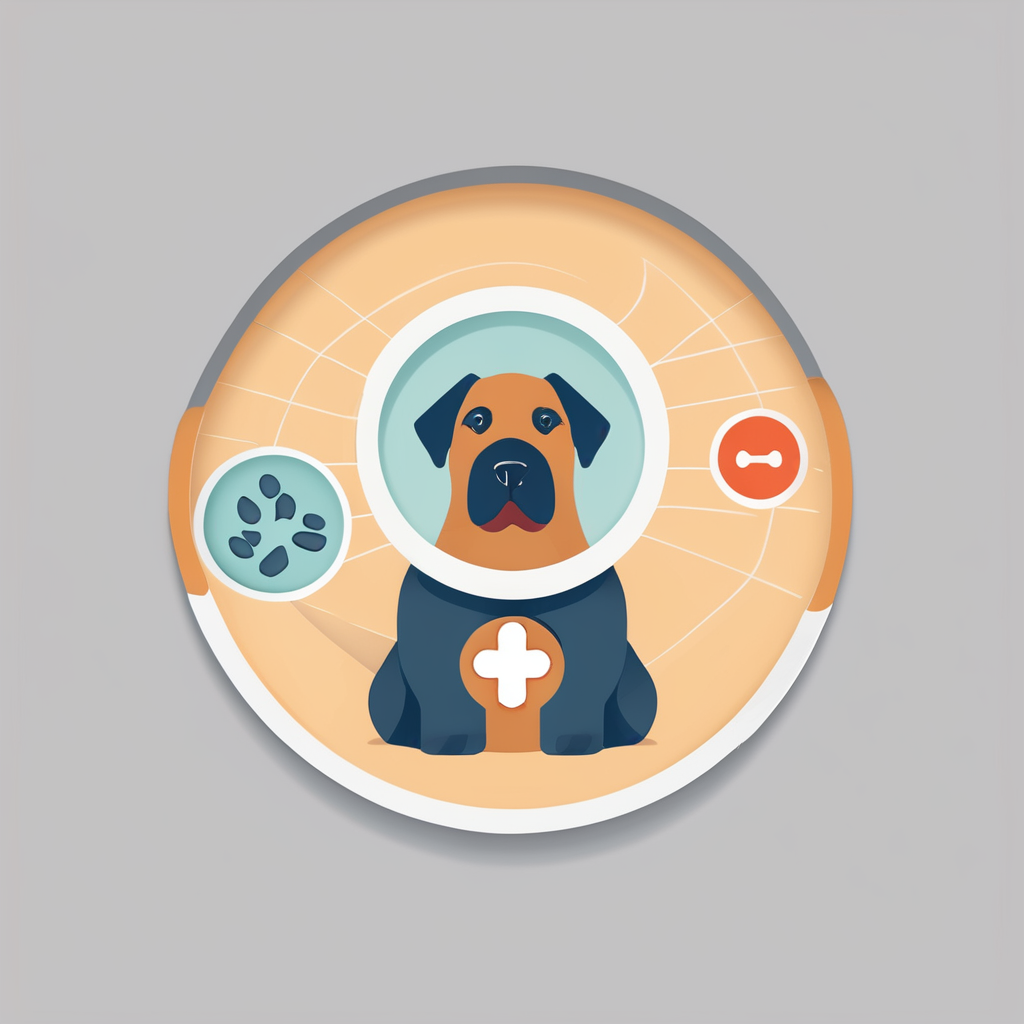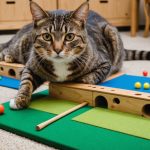Understanding Feather Plucking in Pet Birds
Feather plucking is a common behaviour observed in pet birds, significantly impacting avian health. This troubling practice involves a bird pulling out its feathers, leading to severe physical consequences if left unchecked. Although it affects various species, it is most prevalent in parrots, cockatoos, and African greys. Understanding this issue begins with identifying its primary triggers, both psychological and physical.
Stress is a primary psychological trigger for feather plucking. Birds may resort to plucking when isolated, bored, or experiencing emotional distress. Changes in environment, social dynamics, or routine can also exacerbate this behaviour. Physical triggers include nutritional deficiencies or underlying medical conditions. Malnutrition, skin infections, and hormonal imbalances may drive a bird to pluck its feathers in discomfort.
This might interest you : Essential guide to hosting hedgehog-friendly bonfires: tips for a wildlife-safe fire night
Untreated feather plucking can lead to serious health issues. Birds may suffer from skin infections, ongoing pain, and difficulty in regulating body temperature due to exposed skin. Addressing this behaviour is critical to maintaining a bird’s health and well-being. Early intervention with the help of a vet can prevent long-term consequences, providing the bird a better quality of life. Understanding the intricacies of feather plucking is key to forming an effective care strategy for your feathered companion.
Health Interventions for Feather Plucking
For pet birds experiencing feather plucking, avian vet consultations are critical. A thorough health check can help pinpoint any medical conditions causing this behaviour. Vets start by checking for skin infections and hormonal imbalances, common physical triggers. Blood tests might also be recommended to identify nutritional deficiencies impacting feather health. Early intervention can prevent further deterioration of the bird’s condition.
Have you seen this : Ultimate guide to ensuring your sphynx cat stays cozy and warm during cold british days
Medication options may be considered depending on the underlying cause. For instance, antibiotics could address infections while hormonal treatments might be necessary for imbalances. Additionally, dietary adjustments are essential for improving overall health. Birds may require a diet rich in proteins, vitamins, and minerals to support feather growth and regeneration.
Furthermore, ensuring a balanced diet is crucial. Incorporating seeds, fruits, and specially formulated avian pellets can meet the bird’s nutritional needs. Supplements may also play a role, especially if recommended by a veterinarian. Nonetheless, any changes to a bird’s diet, or new medications, should be guided by professional advice to ensure their safety and effectiveness.
By integrating medical and nutritional approaches, bird owners can address potential health issues contributing to feather plucking, aiding in a more holistic recovery for their feathered companions.
Environmental Factors Contributing to Feather Plucking
Creating a stimulating environment is key in reducing feather plucking in pet birds. Birds thrive in enriched habitats, where they can engage their natural instincts. These include ample opportunities for climbing, foraging, and exploring, which help mitigate stress-related behaviours such as feather plucking.
Environmental stressors are often overlooked yet can significantly affect a bird’s well-being. Common issues include lack of mental stimulation, inadequate space, or prolonged confinement. Loud noises, fluctuating temperatures, and insufficient social interaction are additional factors exacerbating stress. By identifying and reducing these stressors, one can significantly improve a bird’s environment.
To combat feather plucking, bird owners should focus on creating a bird-friendly living space. This involves providing a variety of toys to encourage play and exploration. Ensuring proper lighting, humidity, and temperature control can also promote a comfortable habitat. Moreover, incorporating natural elements, such as branches and safe plants, fosters an enriching space reminiscent of birds’ natural settings. Regular interaction and socialization further enhance their mental stimulation, reducing stress-related behaviours.
Adhering to these recommendations aids in decreasing environmental stress and fosters healthier, more fulfilled life for pet birds, diminishing the prevalence of feather plucking.
Behavioral Techniques to Reduce Feather Plucking
Addressing feather plucking through behavioural modification is crucial for pet bird owners seeking lasting change. Positive reinforcement is a key tool; rewarding your pet with treats or affection when it refrains from plucking encourages non-plucking behaviours. Over time, this method helps reshape habits, reducing instances of feather plucking.
Training techniques play an important role, offering structures to redirect undesirable behaviours. Techniques such as distraction or substitution provide alternatives when birds start plucking. For instance, introducing a favourite toy or snack as soon as plucking begins can help shift the bird’s focus away from this behaviour.
A consistent routine and structured socialization are equally vital components in managing behaviour. Birds thrive on routine; therefore, having regular feeding, playtimes, and interaction periods naturally decrease stress and the inclination to pluck feathers. Ensuring your bird receives ample social interaction is also essential. Social creatures, like parrots, greatly benefit from regular, engaging communication, which diminishes the need to self-occupy by plucking.
By thoughtfully applying behavioural techniques, owners can effectively influence their bird’s environment and habits, ultimately reducing feather plucking and creating a more fulfilling life for their avian companions.
Expert Insights and Case Studies
Drawing from avian expert advice, various strategies showcase effective treatments for feather plucking in pet birds. Case studies highlight successful interventions, offering invaluable insights. Consider, for instance, a parrot named Kiwi, who stopped plucking after adjusting her diet and environment, demonstrating the power of holistic approaches. Expert recommendations emphasize comprehensive care strategies—focusing on a balance of medical, environmental, and behavioral interventions—for optimal health.
Analyses reveal several success stories where feather plucking markedly reduced through tailored interventions. In one instance, a cockatoo gradually ceased plucking with consistent positive reinforcement, highlighting the crucial role of behaviour modification. Environments enriched with interactive toys and social interaction have also been pivotal.
Collectively, lessons learned from these experiences underline the necessity of early detection and intervention. Collaboration with avian veterinarians facilitates precise identification of underlying issues, ensuring appropriate and effective treatments. Engaging with these real-life experiences provides not only hope but a structured blueprint for other bird owners facing similar challenges. Drawing from these shared stories fosters a richer understanding and more robust tactics, paving the way for enhanced well-being among pet birds.
Resources for Further Support
For pet bird owners dealing with feather plucking, tapping into support networks can be invaluable. Various organizations specialize in avian health, offering resources for understanding and managing feather plucking. These support networks provide not only emotional backing but also practical guidance, connecting bird owners with experts and others facing similar challenges. Community forums, often rich with shared experiences and insights, are excellent starting points for advice.
Online resources offer a wealth of information tailored to bird care and avian welfare. Websites with expert-backed content on behavioural modification, medical treatments, and environmental improvements can assist in crafting a comprehensive care plan. These platforms often feature interactive Q&A sections, allowing for real-time expert advice.
Furthermore, literature on feather plucking prevention is extensive. Many recommended guides detail step-by-step strategies for addressing this behaviour through a range of interventions. Books and e-resources authored by avian veterinarians and behaviourists provide in-depth knowledge of both common and complex cases.
Engaging with these support resources empowers bird owners, equipping them with tools to foster healthier and happier lives for their pets. By utilizing these platforms and guides, owners can better understand and tackle the multifaceted issue of feather plucking.









